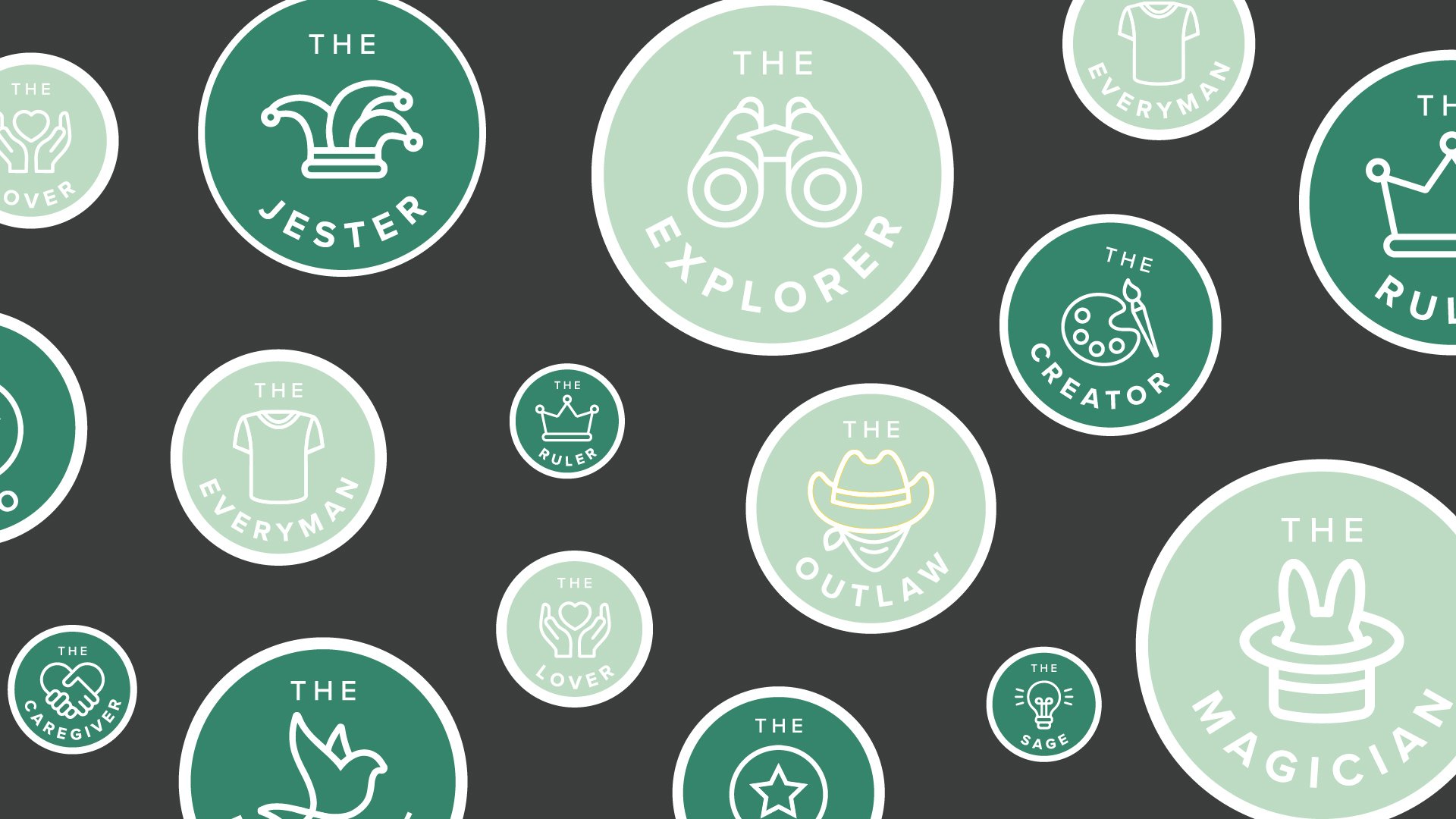Stop Talking In A Silo: Four Tips for Wine Storytelling
Wine is complicated. Your storytelling shouldn’t be.
The fact is that a significant portion of your wine’s value is in storytelling. This is pure biology: human brains are simply wired to respond better to stories.
Whether you’re a wine writer or winery owner looking to level up and connect with your customer, let’s take a step out of our silo and talk about what every good storyteller should do:
Know Thyself
Ever thought of your winery as a person?
Brand archetypes can help you do just that, allowing you to tell a story that resonates with your customers on a deeper level. It's not just about selling wine but sharing why you do it and the impact it has.
These archetypes, inspired by Carl Jung's personality theory, represent universally recognized character types that people naturally gravitate toward. Choosing the right archetype helps you craft a persona on which you can base your storytelling voice.
For example, the voice of the ‘Outlaw’ archetype (think Harley-Davidson) would be very different from the ‘Sage’ (think Google) — and that’s exactly the point! Find your voice and stay with it. Consistency is key!
Here are the 12 brand archetypes you can consider:
The Innocent: A reliable choice that guarantees quality and a positive wine experience.
The Lover: Focuses on offering a luxurious, delightful, and pleasurable wine experience.
The Hero: A fearless brand that faces challenges head-on, maintaining quality over the years.
The Outlaw: The daring brand that is always stirring things up, offering something exciting and new.
The Everyman: A dependable brand that guarantees a consistent, high-quality experience.
The Magician: At the helm of innovation, this brand creates transformative experiences for its customers.
The Creator: The innovative spirit, always experimenting with different wine varieties and methods.
The Jester: The fun-loving brand that brings joy to customers.
The Sage: The wise old brand known for a long tradition of winemaking.
The Explorer: Offers a journey of flavor and experiences, focusing on tastings and new varieties.
The Ruler: The leader in the industry, well-acclaimed for its top-tier quality and success stories.
The Caregiver: The nurturing brand that stands by its customers during their significant moments, offering more than just wine.
You Talkin’ To Me?
Now that you know who’s talking, it’s time to identify who you are talking to. Think about your audience and what makes them tick. This isn't just about picking out a group of people to talk to — it's about truly understanding their likes, dislikes, and habits when it comes to enjoying a glass of wine.
Remember, terms like "the general public" won't get you far. A finely detailed target audience, on the other hand, can be your golden ticket to a successful campaign.
To do this, sit down and sketch a detailed picture of your audience. Consider their age, where they live, what kind of wine they prefer, and how they choose to enjoy it. A clear picture of your target audience can upgrade your communication strategy.
Instead of throwing messages into the void and hoping for the best, you can now tailor your approach to Sally, aged 33, living along the West Coast, who enjoys yoga, gardening, and rosé when she goes to dinner parties.
Talk With Your Audience, Not At Them
Unlike other alcoholic beverages like spirits or beer, wine is inherently difficult to understand. Maybe that’s because words like malolactic fermentation and lees get in the way. It often feels like there are NO one-word answers.
The truth is that the barrier to entry is pretty steep. But the problem is that the wine industry can sometimes fortify that barrier rather than break it down. Of course, there are amazing writers like Madeline Puckette of Wine Folly talking about wines in ways palatable to the public at large, but many wineries get stuck in the curse of knowledge.
Whether you’re briefing your copywriter or sharing your story, remember to talk to your audience like it’s the first time they hear from you. That does not mean talking down to them. But even if your winery is premium, it does mean adding helpful guiding posts in your copy for more complex terms à la malolactic fermentation (a process that converts malic acid to softer lactic acid) and lees (yeast sediment).
See how easy that was?
Details Make it Sticky
Want to make your story stand out? It’s the details that make your experience unique compared to the winery just a stone's throw away. Sadly, people often gloss over the best bits, offering up a broad narrative they assume others prefer to read. But let's face it, the stories that stick are those full of vivid, personal details.
Maybe it's the account of your winemaker, who sacrificed sleep for three days to ensure the perfect night harvest of Cabernet Sauvignon. Or perhaps it's sharing the challenges of a reduced yield this year because of the California wildfires.
Dr. Jennifer Aaker of Stanford Graduate School of Business points out that stories packed with rich details are up to 22 times more memorable than just a list of facts. And she couldn't be more right. It’s not just the story that’s important, it’s the way it’s told.
Consider the difference:
Generic: "We produce high-quality wine from our superior terroir."
Personalized: "Our rugged Atlas Peak mountain vines give rise to an unmatched Napa Cabernet Sauvignon."
Your story is bound to resonate more when it paints a picture so vibrant that readers can almost see it.
Not sure where to begin? No problem!
At Highway 29 Creative, we’ve worked with wine brands of all sizes and maturities, from a fifth-generation iconic California brand to a new online wine upstart, helping them develop new marketing messaging that stands out and speaks directly to their customers. Learn more.


